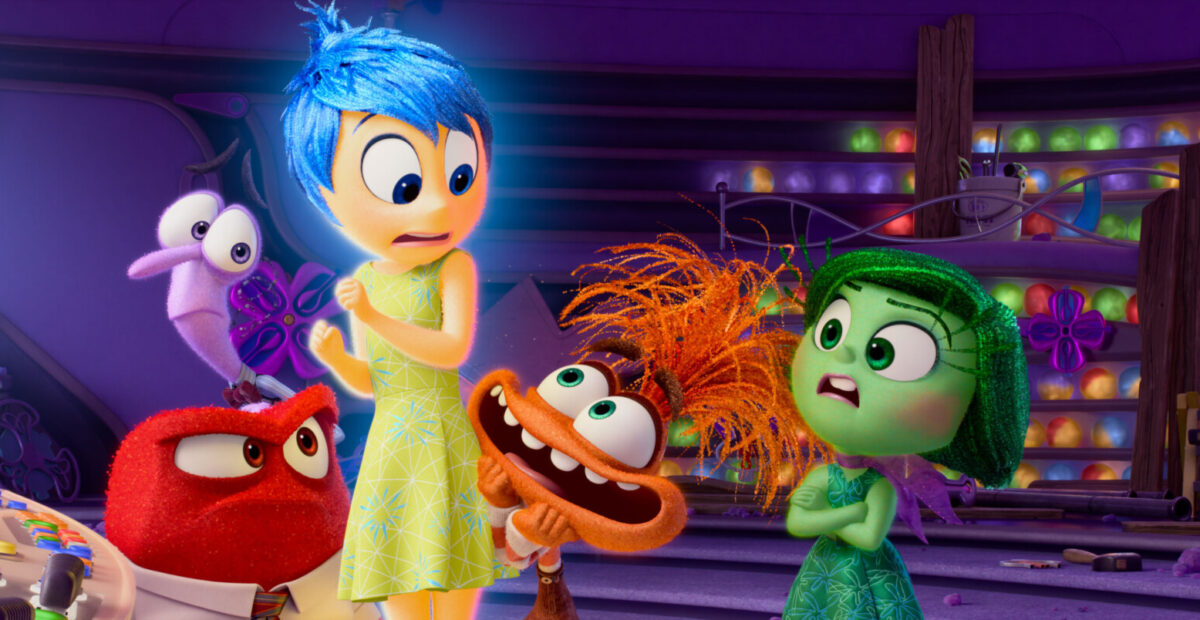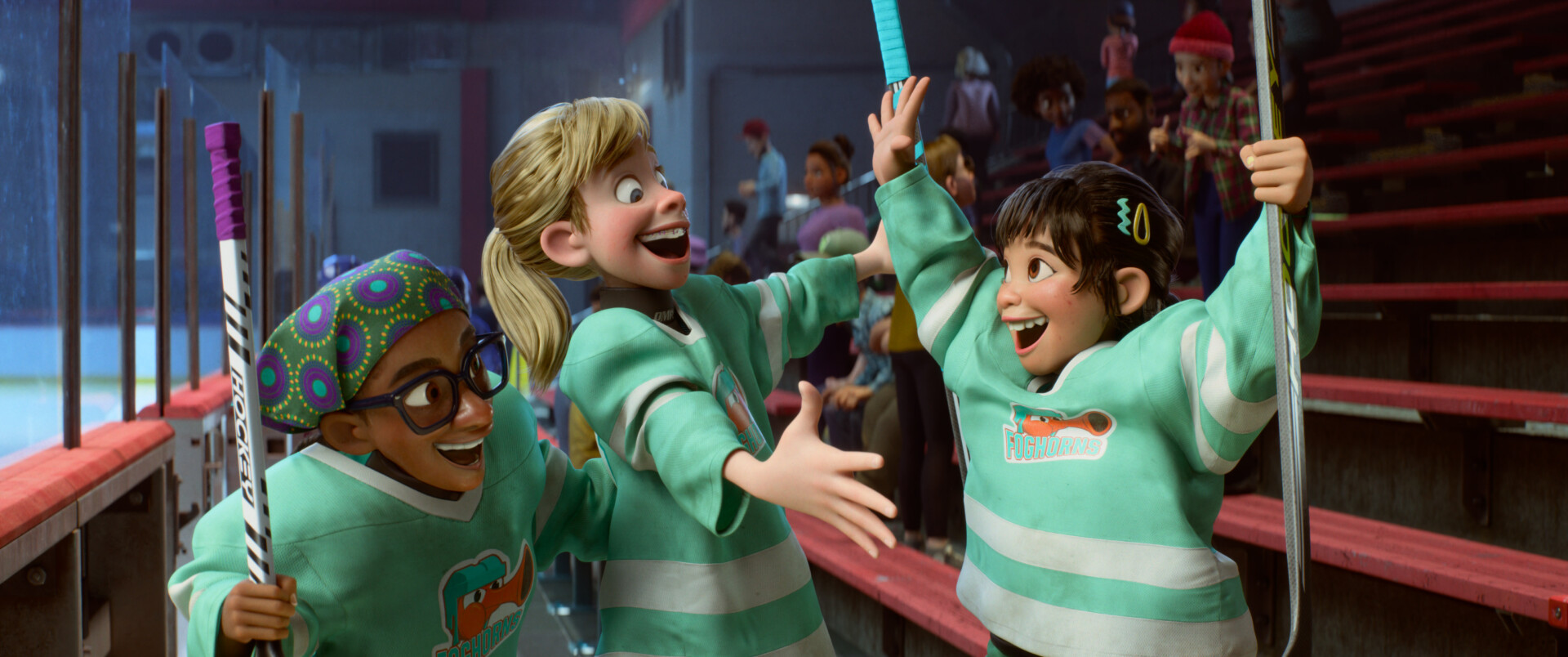
Watch
Look within the other person: the lessson behind ‘Inside Out’

An analysis of the animated film ‘Inside Out’ from the point of few of “human relations”. The second (and successful) chapter of the film is in cinemas now. The original film captured the first stage of the journey, as it entered into the mind and heart of the main character, offering us sound advice never to look at our neighbour superficially, but with completeness, full of empathy, not our own ego.
“Be kind, for every man is fighting a hard battle”. Compelling, precious words. Who knows (and it is certainly not important) who said them – Plato perhaps? Or Ian Maclaren? What matters is that they remain in our hearts when we have another person’s life in front of us. They contain a hidden treasure to be discovered and kept safe, and what better way to do this than to trace the story, or rather the life of Riley Andersen.
Who is she? She is the principle character of the brilliant animation feature Inside Out: a young girl whose journey twists and turns throughout two hilarious (but not superficial) episodes of cinematography. The first, released in 2015 and the second just recently. Riley’s story is familiar; she is an ordinary young girl, like any other, yet totally unique as is every human being.
What is so exceptional in the film, is that we get to know Riley through the internal workings of her mind: in all her emotions; sometimes pleasant, sometimes exhausting; sometimes light, sometimes heavy, difficult and rough. In a way, it is the conversation between them that becomes the principle character of the film.
Through Riley’s emotions, each with their own colour, shape, voice, ‘image’ and attitude, we follow their continual conversation, almost like a dance, a lively argument, deliberately mixed together to keep Riley’s young (paradigmatic) life moving!
Continually conflicting and oscillating, they make her think, suffer, feel happy, move backwards and forwards. They feel happy, sad, frightened, and then calm again. In short, they are what make her alive and able to grow.

If we recap on the words at the start, we could say that Riley’s experience reflects that silent, uninterrupted, subtle yet constructive internal battle that goes on within us. Or more simply, the challenges of life that she faces, and tries to make sense of, which are all part of the daily complexity that composes the very essence of our being.
If in the first film, we see Riley as a child, during her early formative years; in this latest film the turbulent adolescent years are in full swing. She is now thirteen, on the threshold of that sort of second birth called puberty.
Whereas in the first episode, the emotions analysed and personified were joy, sadness, fear, rage and disgust, now they are more complex, such as embarrassment, anxiety, boredom, even envy.
However, the first emotions do not disappear, far from it; it is precisely the continual interchanging (and conflicting) of diverse, emotive colours, increasingly articulate but always connected to one another and to what happens to them – or happened to them in the past – that makes up the daily experience of life and it is this continual overflowing of different states of mind that we need to be open towards, vigilant and ready to listen, when we come across other people’s lives.
It is the basis of the golden rule, because it invites us to look at the other with the same love and depth with which we look at ourselves. “Do to others as you would like others to do to you”, says this noble and precious rule, reminding us to love others as we would like to be loved ourselves; to offer them same love as we would like to receive ourselves.
To look at our neighbour with love, therefore, also means to read the personal emotional storm they may be going through to a lesser or greater degree, that we may find uncomfortable to look at, even incomprehensible, but which works for them, or at least is part of their story; part of their individual dynamic equilibrium and identity.
To look at them in earnest, means to discover the paths they tread, no longer casting a look that is selfish and superficial, but holistic and full of empathy.
To truly look at someone, means to be aware of their internal landscape, so as to be able to give more, and build a relationship that is more real and profound, which bears fruit for both parties.
It is all her emotions, with their intricate images, and wonderfully defined contours and nuances, that make the character of Riley Andersen so appealing and the film which she and they create together.
Inside Out is a thought-provoking document containing wisdom for many different purposes. It is a wonderful resource for building unity and fraternity with our neighbour, both individual and collective.






